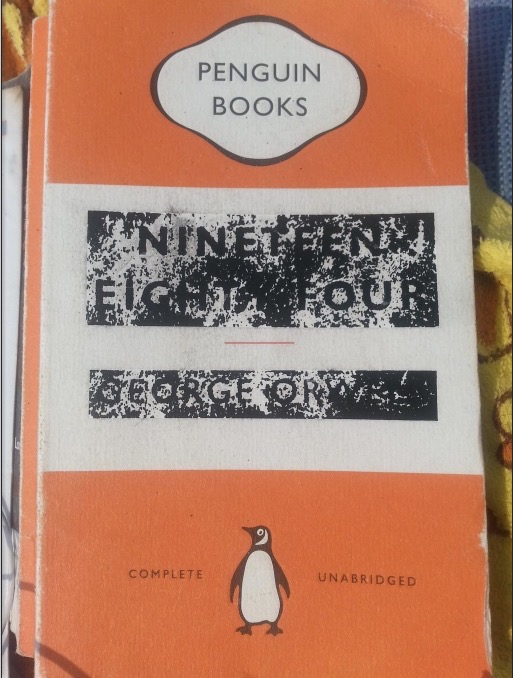And the award for the first Black songwriter to win Song of the Year at the Country Music Awards goes to Tracy Chapman …for a tune that transfixed millions of rowdy concertgoers when she sang it at Wembley Stadium 35 years earlier (see above.)
At the time of that performance, Chapman was just 24, nearly a decade younger than 33-year-old Luke Combs, the country superstar whose recent cover was a massive hit.
“Fast Car” was not just a star-making turn at Wembley. It was a last minute, unscheduled one.
Chapman had already performed her 3‑song set at that day’s celebrity-studded Nelson Mandela 70th Birthday Tribute concert, sandwiched between Stephen Fry and Hugh Laurie’s comedy act and prototypically 80s Scottish soft rockers Wet Wet Wet.
Her 3‑song set list was in keeping with the nature of the event, which helped speed the anti-apartheid activist and future South African president’s release from prison, and was described by music journalist Robin Denselow, as “a more political version of Live Aid, with the aim of raising consciousness rather than just money:”
Why?
Behind the Wall
Talkin’ Bout a Revolution
The audience got to hear “Fast Car” thanks to the unwitting involvement of surprise guest Stevie Wonder.
The R&B great went to Wembley Stadium straight from the airport, unaware that his synclavier’s hard disc, containing all the synthesized music for his act, had not made the trip.
This colossal oversight was only discovered when he was heading toward the stage. Unwilling, or possibly too overwhelmed to come up with a workaround, he declined to go on, leaving organizers scrambling for an artist who could hustle to the mic to fill time.
Chapman and her solo guitar must have struck them as a technically uncomplicated solution.
No one can fault her for seeming a bit breathless at first. How often is an emerging singer-songwriter called upon to save the day by stepping into a legend’s shoes?
Within a year, Chapman was named Best New Artist at the Grammy Awards, and “Fast Car,” which she performed at the ceremony, earned her “Best Pop Vocal Performance Female”. (Song of the Year went to Bobby McFerrin’s “Don’t Worry Be Happy,” a cultural juggernaut of a different stripe.)
A few days ago, Chapman reprised “Fast Car” at the 2024 Grammys as a duet with Combs, an interpretation that impressed the New York Times’ pop music critic Lindsay Zoladz as “welcoming and expansive enough to hold every single person (the song) had ever touched, regardless of the markers of identity that so often divide us:”
It was a rare reminder of music’s unique ability to obliterate external differences. “Fast Car” is about something more internal and universal. It is a song about the wants and needs that make us human: the desire to be happy, to be loved, to be free.
That’s certainly one interpretation, but perhaps the artist who wrote it should have the final word:
I never had a Fast Car, it’s just a story about a couple, how they are trying to make a life together and they face challenges…At the time that I wrote the song, I actually didn’t really know who I was writing about. Looking back at it, and this happens with other songs as well, that I feel like I understand it only later… I think that it was a song about my parents… And about how when they met each other they were very young and they wanted to start a new life together and my mother was anxious to leave home. My parents got married and went out into the world to try to make a place for themselves and it was very difficult going.
My mother didn’t have a high school diploma and my father was a few years older. It was hard for him to create the kind of life that he dreamed of… With the education that he had…. With the opportunities that were available to him… In a sense I think they came together thinking that together they would have a better chance at making it.
– Ayun Halliday is the Chief Primatologist of the East Village Inky zine and author, most recently, of Creative, Not Famous: The Small Potato Manifesto and Creative, Not Famous Activity Book. Follow her @AyunHalliday. Over and out.



